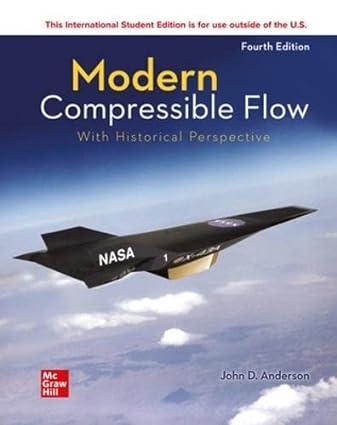Consider an equilibrium chemically reacting mixture of three general species denoted by A, B, and AB. In
Question:
Consider an equilibrium chemically reacting mixture of three general species denoted by A, B, and AB. In detail, derive Eqs. (16.54) and (16.55) for such a mixture.
\[\begin{equation*}
N_{j}^{\mathrm{A}}=N^{\mathrm{A}} \frac{g_{j}^{\mathrm{A}} e^{-\varepsilon_{j}^{\mathrm{A}} / k T}}{Q^{\mathrm{A}}} \tag{16.54a}
\end{equation*}\]
\[\begin{equation*}
N_{j}^{\mathrm{B}}=N^{\mathrm{B}} \frac{g_{j}^{\mathrm{B}} e^{-\varepsilon_{j}^{\mathrm{B}} / k T}}{Q^{\mathrm{B}}} \tag{16.54b}
\end{equation*}\]
\[\begin{equation*}
N_{j}^{\mathrm{AB}}=N^{\mathrm{AB}} \frac{g_{j}^{\mathrm{AB}} e^{-\varepsilon_{j}^{\mathrm{AB}} / k T}}{Q^{\mathrm{AB}}} \tag{16.54c}
\end{equation*}\]
\[\begin{equation*}
\frac{N^{\mathrm{A}} N^{\mathrm{B}}}{N^{\mathrm{AB}}}=e^{-\Delta \varepsilon_{o} / k T} \frac{Q^{\mathrm{A}} Q^{\mathrm{B}}}{Q^{\mathrm{AB}}} \tag{16.55}
\end{equation*}\]
Step by Step Answer:






